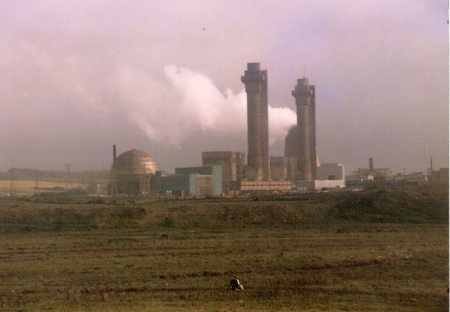Remembering an Accident: The Windscale Fire
On an International Nuclear Event Scale from 1-7, The Windscale Fire of 1957 was a level five. Great Britain had never experienced anything of this severity before.
On October 10, 1957, on the Northwest Coast of England, a fire began in Unit 1 of the Windscale facility, a facility built for the British atomic bomb project post World War II. Throughout the construction process, a couple of engineers noticed flaws in the design that could potentially be dangerous, but due to expenses and deadlines, they overlooked the flaws and hoped for the best. In 1951, both Piles were complete and the nuclear weapon building began. Just six years later, the original flaws proved to be a major problem, specifically a reactor in Pile 2. It began to overheat causing a large fire that caught on and remained ablaze for over 16 hours. The end result: the entire facility shut down due to health risks.
The amount of damage was invaluable: 10 tons of waste produced,$30 million in clean up costs, and radioactive emissions released into the air and deposited into the soil.
What could have been done to prevent this tragedy? What are some TapRooT® techniques that could be used to ensure nothing like this happens again?




